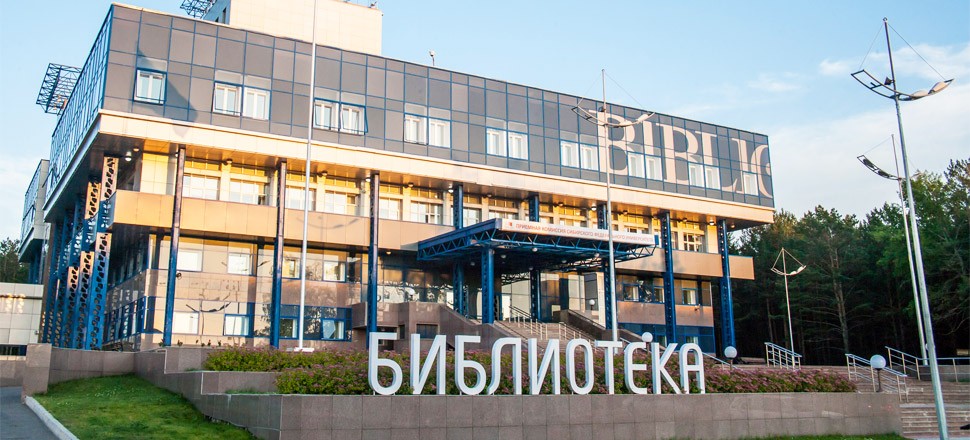How to Make Workouts More Effective
Researchers of Siberian Federal University took part in the development of recommendations for continuous self-monitoring and control over aerobic exercises in young people who workout regularly. According to the authors, effective monitoring stimulates respondents to increase physical activity, helps to reduce body mass index and develop stamina.
“We are talking about not professional athletes, but about young people 18–25 years old, including students of universities and vocational schools. In recent decades, we have noted a drop in the level of physical fitness in this category of the population — partly due to the growing psycho-emotional stress, as well as due to the virtualization of many areas of life. If you study and work, or do shopping without leaving your home — this, of course, will lead to undesirable health consequences.
However, many young people now visit fitness centres and sports clubs, doing a significant amount of exercises comparable to loads of novice professional athletes. We found out why some of them manage to do more exercises and workout more intensively, while spending the same time as their less productive gym-members,” explained Alexander Osipov, co-author of the research, assistant professor of the Department of Physical Education of Siberian Federal University.
At the first stage, the researchers determined the total volume and energy consumption (kcal) of physical activity in a group of young people for 12 weeks. The authors used both data from fitness applications and video recordings of the workouts. Then the researchers singled out those participants whose indicators were higher, and divided the more productive participants and participants with lower indices into two groups and analyzed the structure and nature of individual exercises performed by the participants in these groups over 12 weeks. As a result of the experiment, the scientists found significant differences in the structure and rhythm of the movements performed, which made it possible to conclude that more productive young people have a certain system of individual self-assessment and control of the actions they are performing. It was found that more productive participants of the survey spend more kilocalories during training due to changes in the speed and conditions of the movements performed. An important role in increasing energy consumption is played by the regular change of the performed exercises (switching from the treadmill to the ski simulator) and the operating pulse mode (about 140–145 bpm.)
“After watching the workout videos, we came to the conclusion that the more productive amateur athletes train more intensely and consciously. They chose the type of aerobic exercise (from walking to cycling) and their pace and rhythm which were most acceptable for them and gave the best results. All the guys did it on their own, without a coach. There are many gadgets and applications on the market that count the number of steps you have taken, measure your heart rate, and show burned kilocalories. These are all tools that can be used for systematic individual monitoring of physical condition and planning of sports load. Our research showed that even traditional cyclic aerobic exercises — an exercise bike, a treadmill, a cross-country run — thanks to the competent use of gadgets and the analysis of which exercises work best for a particular organism, can give excellent results,” concluded Alexander Osipov.

